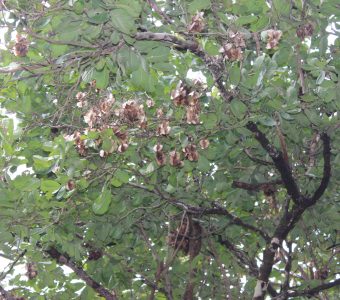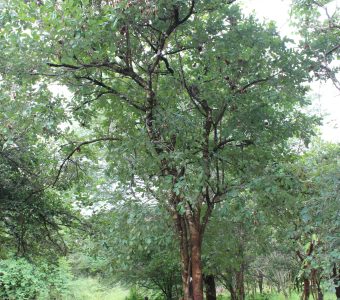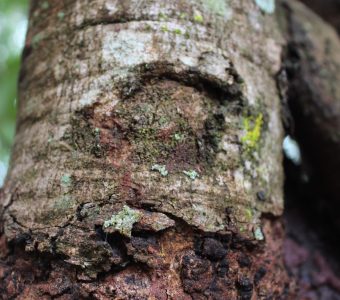


Botanical Name: Combretum zeyheri Sond.
Common Name: Large-fruit Combretum
Plant Family: Combretaceae
Origin: Africa
References: Coates Palgrave p. 812, Storrs 1 p.327-328, van Wyk 2 p.94. S.A. No. -, Zimb.
Description: A shrub or medium-sized tree, usually at medium altitudes. Leaves are yellow-green and tend to cluster at the ends of branches. The flower is a fragrant yellowish spike and impressive in a profuse flowering. The fruit is a distinctive, large (up to 8x8cm or larger), 4-winged, straw colored pod, but size varies considerably.
Features of Particular Interest: The flowers and fruit are distinctive features in mature trees.
Height and Spread: Up to 10m high, spread 4-7m.
Periods of Interest:
Leaf: September to June.
Flowering: August to November.
Fruiting: November to August.
Cultivation
Soil and Moisture: Usually on sandy soils and tolerant of toxic soils.
Aspect: Usually occurs in open, sunny settings.
Hardiness: Moderately frost and drought tolerant.
Maintenance and Pruning: Not normally required.
Propagation: Difficult to propagate from seed.
Problems and Drawbacks: Propagation and subsequent seedling growth.
Use and Associated Planting: A specimen tree that should be planted where its flowers and fruit will be noticed. Hornbills and small mammals favor the fruits. The roots are widely used to make fine baskets.
